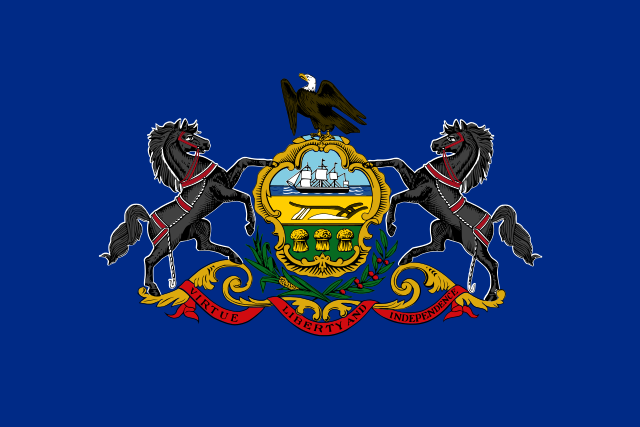Last week, a Pennsylvania lawmaker proposed levying a shale tax of 3.5 percent on the state’s frackers. The revenues – estimated to be $400 million annually – would then go to paying down the Public School Employees’ Retirement System’s (PSERS) unfunded liabilities.
One Pennsylvania newspaper agrees that paying down pension liabilities should be a top priority. But it disagrees that a shale tax is the way to do it.
From the Pittsburgh Tribune Review editorial board:
The GOP-controlled state Legislature must make Pennsylvania’s biggest financial woe — $50-billion-plus in unfunded pension liabilities — its top 2015 priority. And it must do so without linking pension reform to Democrat Gov.-elect Tom Wolf’s proposed natural gas severance tax.
Incoming Senate Majority Leader Jake Corman, R-Centre, during a Pennsylvania Manufacturers Association forum at the Pennsylvania Society gathering in New York earlier this month, said he’s willing to consider the severance tax if Wolf will negotiate on pensions. Going beyond compromise, that sets up GOP lawmakers to capitulate to Wolf’s taxing agenda.
Allegheny Institute scholar Frank Gamrat reminds that the extraction tax would have to compensate for the state-mandated elimination of the impact fee, a levy that has brought counties and municipalities nearly $130 million over the last three years. And for the tax to yield the Wolf-estimated $1 billion-plus at current gas prices, “production would have to rise by more than 50 percent.” It’s a quite iffy proposition given current market trends.
A too-high severance tax “could have adverse consequences for Pennsylvania,” says Gamrat. GOP leaders must take heed when he urges that the Legislature not spend “a great deal of (its) time and political capital” on a severance tax and focus instead on “pension reform” to address “the principal cause of the commonwealth’s budget problem.”
The Public School Employees’ Retirement System was 63.8 percent funded as of June 30, 2014.
